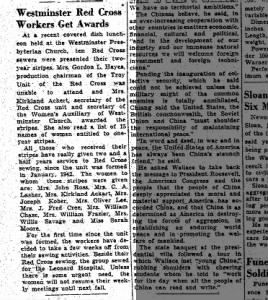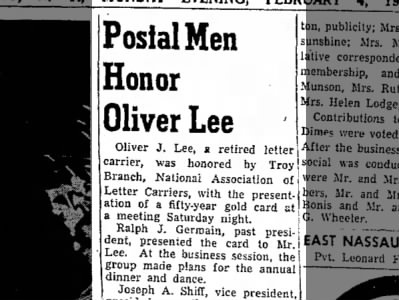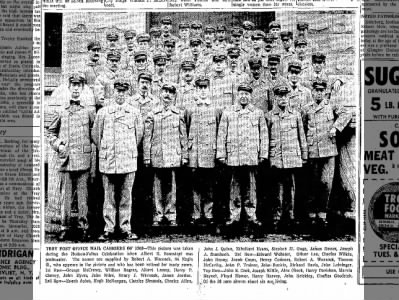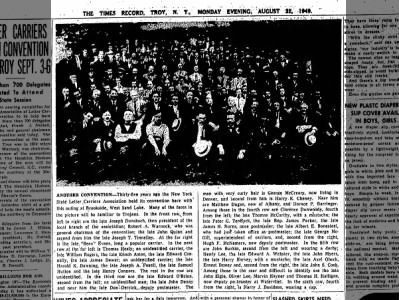Gosh, so pathetic.... I did this research a while ago, but never put anything into context. I remember being delighted while searching through the dusty tomes in the Troy City Hall or Recorder of Deeds or some such place - see, sad, I don't even know where I was. What a terrible researcher I am.
I know from directories of the time that he lived at 301 4th Street. Here is an image from Google maps of the house as it appeared when the Google car went through the neighborhood.
In book 139, page 497 I took the following notes:
Thomas and Jane Wright
sold for $1,700
West side of 4th Street between Adams and Jefferson
certain map of the south part of the city of Troy made by Jared S. Weed for the Warren Farm Company - 11.17.1847
as lot 67
25' wide
120' long
I see that
Prospect Park was not given to the city of Troy until 1902, so should we assume that the Warren Farm Company owned that land where the Park currently exists? Was the Warren Farm Company also the Warren Family, as mentioned at the Prospect Park website?
Prospect Park is a city owned park centrally located within the City of Troy. One of three major parks in the City. The park consists of approximately 80 acres of land conveyed by the Warren Family to the City of Troy by deed dated December 23, 1902. Prospect Park opens each season in early April and remains open through early November.
I found an extensive biography of the Warren Family of Troy
here. Obviously very well-to-do. They sound a bit like that other Oliver Lee mentioned in a previous post
here.
What a time to live, eh? Obviously it was not easy, but don't these stories make it sound like it *was* easy to make a fortune?
More notes, though with less information...
Book 60, Page 129 (so isn't this an earlier purchase of property?)
Thomas Wright with
Francis M. Mann, John P. Cushman Jacob
(What could that mean? I think I may have looked those people up in the Troy directory and I *think* they were lawyers or some such, so maybe Thomas *did* hitch his wagon to other up and coming people in town.)
Book 111, page 165
Thomas L. Wright
West side of 4th street between Adams and Jefferson
Lot 67
boarded by an alley
What was I telling myself? My notes don't seem helpful, do they? Argh!












